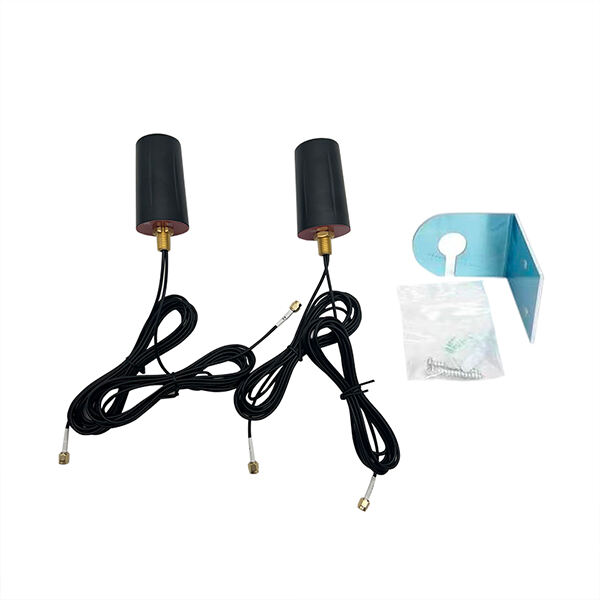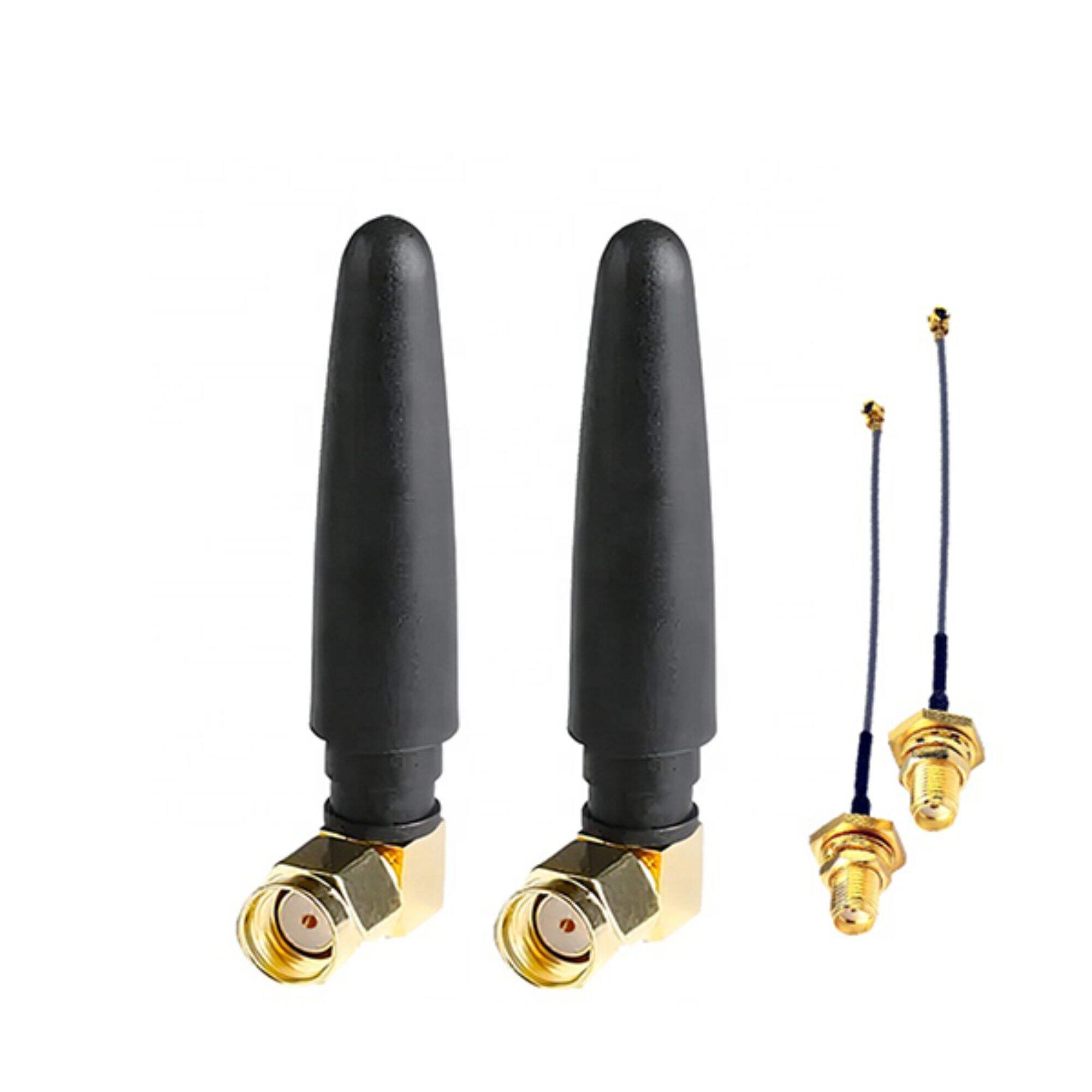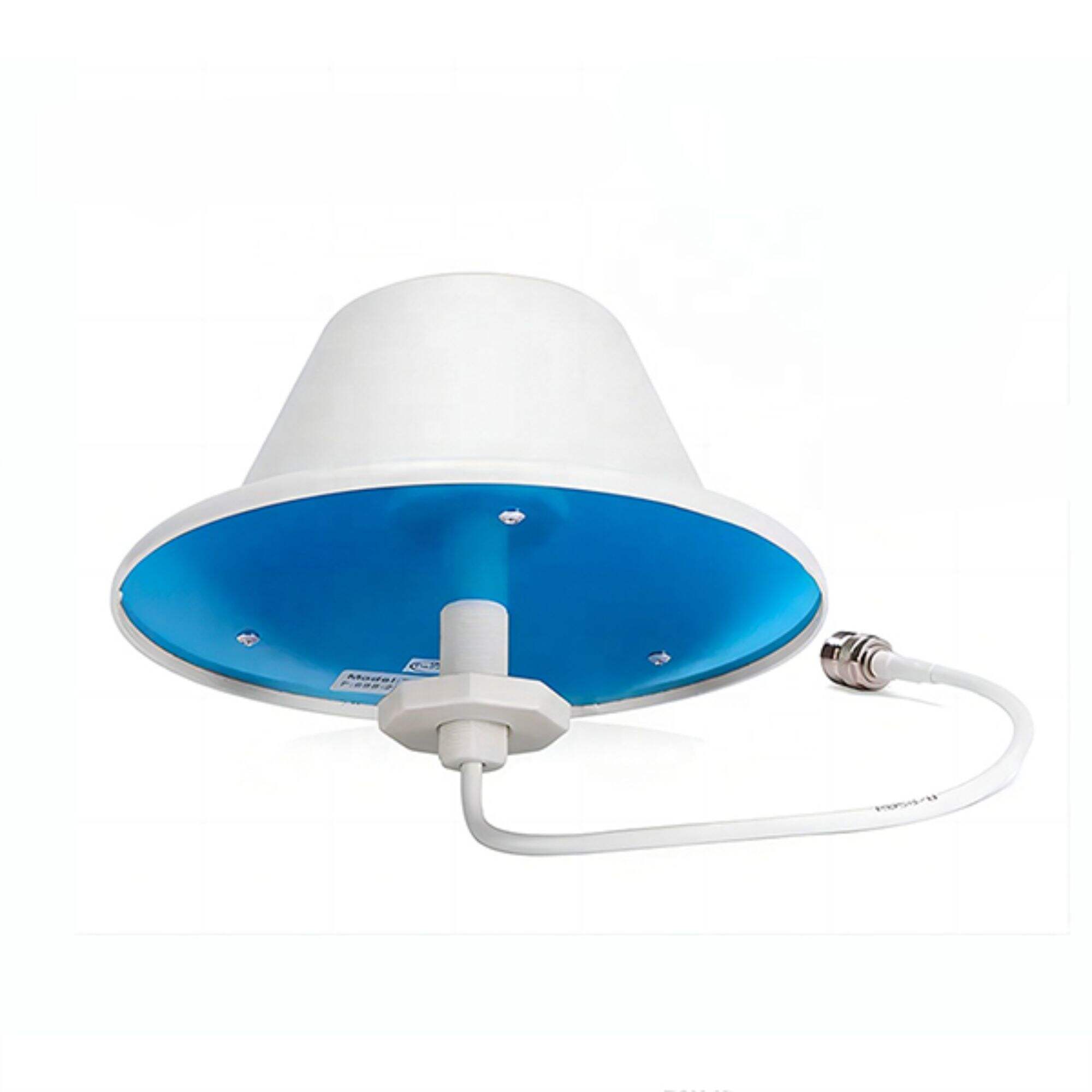We use our mobile phones and tablets to make calls, send messages, watch videos and much more – and all of these functions require what is known as an antenna. And an antenna keeps us tethered to the internet. It receives signals from cell towers that allow us to access the internet without wires.
LTE Antenna Types LTE antennas are antennas designed for LTE networks. LTE stands for Long-Term Evolution. This is what gives us super-fast internet. LTE antennas enable fast connection to the internet helping us to continuously browse, watch and play without getting interrupted.
For a 3G antenna, that means that 3G networks make sure that we have a good enough internet connection to send messages or to look up stuff. 4G antennas combine with 4G networks, which are faster and better suited for watching videos or playing games. Thanks to 3G and 4G antennae, we can remain in touch on-the-go.
LTE 3G, and 4G are terms used to describe the technology we use to access the internet on our devices. LTE is the newest and fastest, offering us fast internet for all our activities online that we love the most. 3G is slower, if you just need the basics it works fine. The 4G network is faster than the 3G network, but it isn’t as fast as 4G LTE, so it is an optimal option for speed and reliability.

The device you’re using RELATED READING When selecting an antenna for your LTE system, this might be the first thing on your mind. Some tools have built-in antennas, while some may require an additional antenna so you can receive good signal.

Also, think about where you’ll be using your device. If you live in an area with less densely packed cell towers, you might need a more powerful antenna. Depending on where you live and the local environment, a basic antenna can be sufficient.

There’s always new 4G antenna technology popping up, aiming to improve the data speeds and general internet experiences. These antennas assist in capturing signals from cell towers more easily, allowing us to connect faster and more reliably.